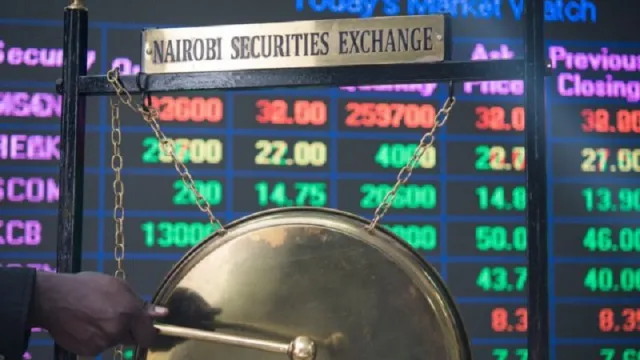Bank generous to shareholders despite looming liquidity challenge

Bank generous to shareholders despite looming liquidity challenge
Banks have stepped up dividend rewards to shareholders to lock in investors as share price collapse on exiting foreign investors.
According to the Central Bank annual report, banks proposed dividends increased by Kes5.4 billion from Kes42 billion in December 2021 to Kes47.2 billion in December 2022.
The higher payout helped boost the Return on Equity (RoE), which rose above pre-pandemic levels to 26.5 percent on higher returns to shareholders.
Bank return on shareholders have rose from 22.3 percent in 2021 and 14.2 percent in 2020 when it collapsed on the effects of the Covid-19 pandemic, a period during which lenders restricted shareholders’ dividend to conserve cash for weathering uncertainty.
Banking counters have seen a decline in share price on capital outflows from the Nairobi bourse due to rising interest rates in the west that has made emerging and frontier markets like Kenya less attractive for investors.
The exit has been heightened by fears of capital controls after Kenya following foreign currency shortages that have hit dividend repatriation.
To remain attractive, lenders have been willing to offer a larger portion of profitability to shareholders despite fears of macroeconomic strain with rising interest rates, higher loan defaults and a slowing economy that would have prompted cash conservation.
Read also: Why Kenya is shifting horticultural exports to sea freight
The regulator is, however, not worried since lenders stashed away nearly twice as much as was paid in dividend in retained earnings for a rainy day.
The increase in proposed divided by Kes5.4 billion had minimal impact on capital and reserves as the retained earnings and share premium increased by a higher margin of Kes70.9 billion.
Some banks especially smaller lenders have started coming under liquidity pressure this year on accumulated losses and higher level of loan defaults eating away banking capital that has seen the number of struggling lenders jump from nine to 13 last year, facing capital adequacy challenges on losses and discounted insider loans.
The banks are having a challenge getting cash from other lenders due to a dysfunctional interbank market that has seen small lenders struggle to attract deposits thereby increasing the cost of banks lending to each other.
The interbank rate has gone up from about 5.21 percent in mid-January to 7.8 percent at the end of March when the bank closed its first quarter books. The rate has since risen to 9.62 percent in May according to latest CBK data.
With limited options of where to get more funds, banks have turned to the regulator as the lender of last resort with CBK’s saying banks borrowed record Kes147 billion from the regulator, taking up about Kes40 billion over the last six months of 2022.



